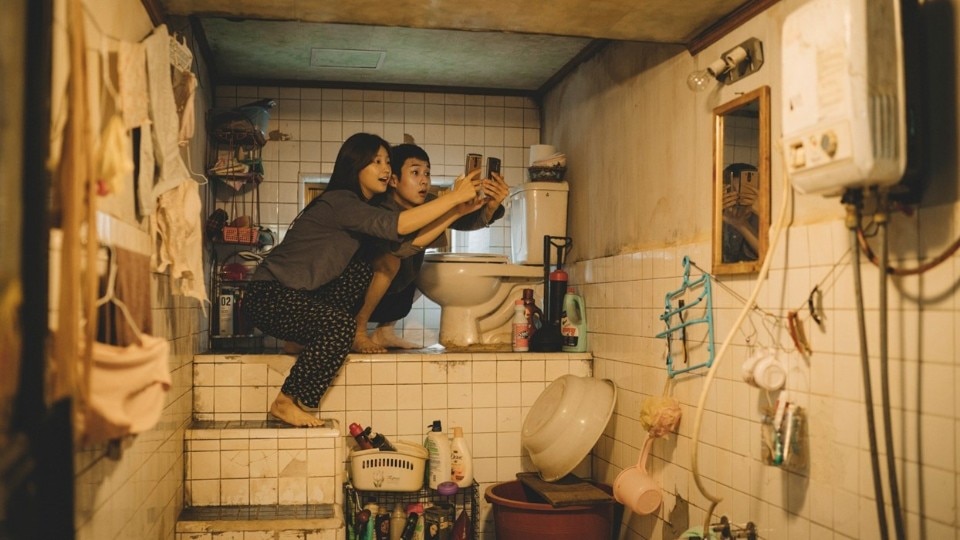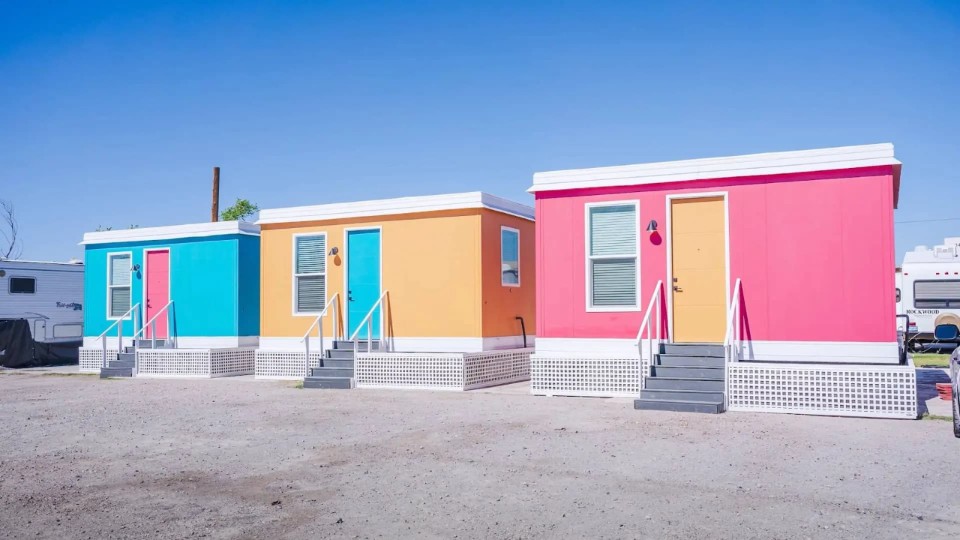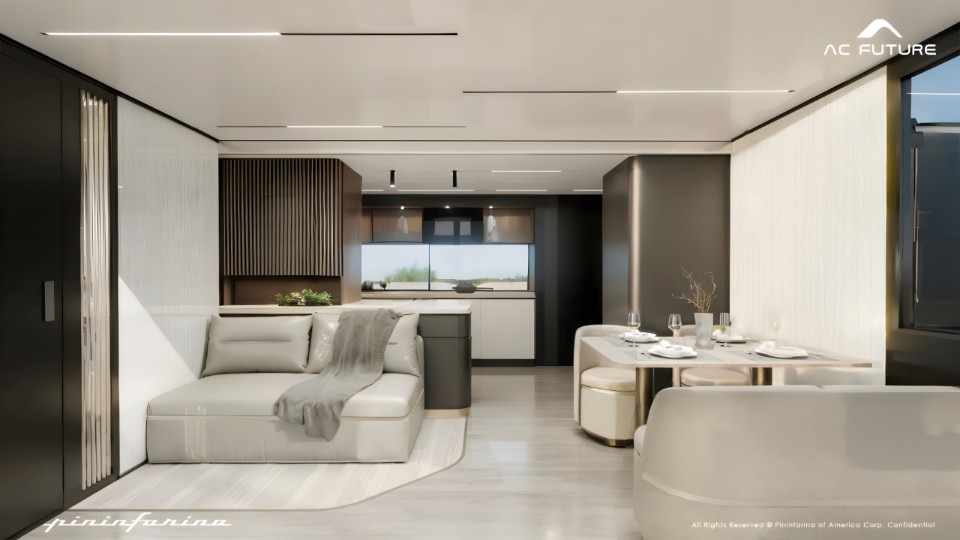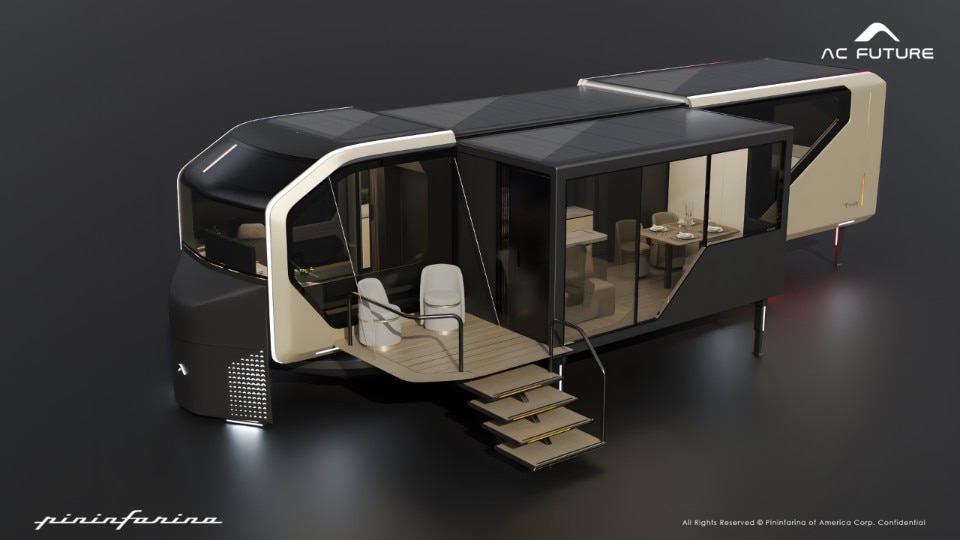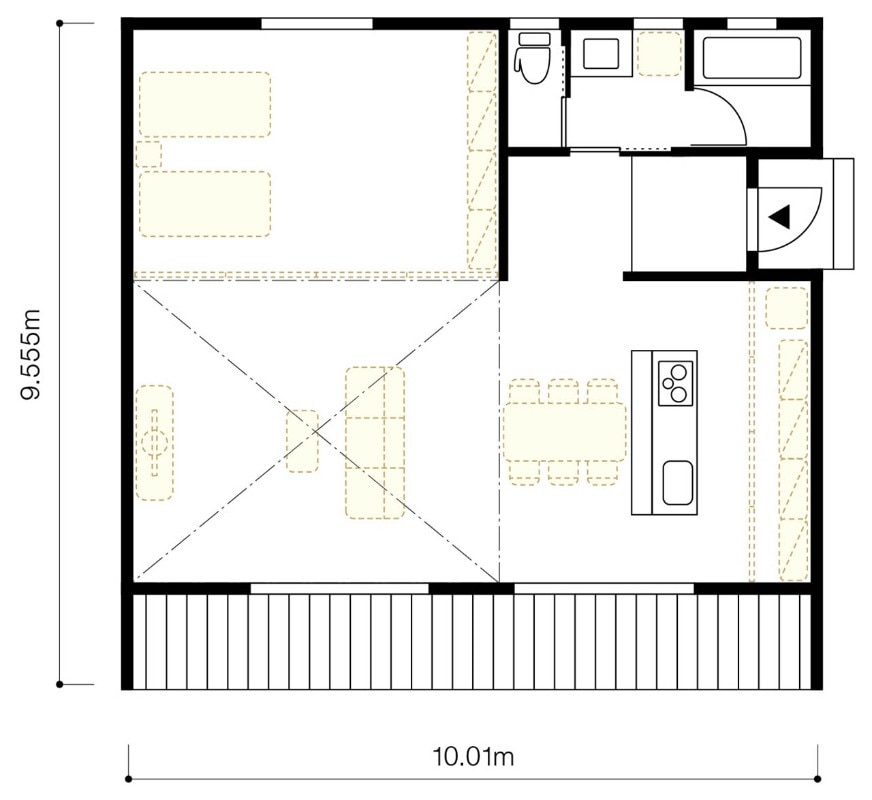In the beginning, there was the loft – vast post-industrial spaces with high ceilings and raw walls, ideal for a bohemian existence in the world’s great metropolises. Today, however, urban landscapes are shifting toward extremes. Apartments are shrinking, skyscrapers are soaring. This new vocabulary of living reveals a simple truth: space is a luxury, and luxury is often found elsewhere.
Microliving is not just an architectural trend or a pragmatic response to the housing crisis. It is a symptom, a reflection of how we are changing. Cities are expanding vertically – but only for the wealthy. Housing prices are climbing, and space is becoming increasingly non-negotiable.
In Italy, the recent salva-casa decree has crystallized this trend, reducing the minimum habitable area for a studio apartment from 28 to 20 square meters and lowering ceiling heights from 2.70 to 2.40 meters. These measures normalize an already widespread condition: the relentless monetization of space. In Italy, 61% of homes are smaller than 100 square meters, and 4% are under 40 square meters.

 View gallery
View gallery
Yet these micro-apartments – often sold at exorbitant prices – are marketed as ideal solutions for a generation of freelancers, digital nomads, and young professionals too busy “living life” to worry about trivial concerns like space.
Real estate advertisements showcase remarkable creative writing skills: “maximum space simplification,” “optimized living concept,” “bold and functional co-living.”
This new vocabulary of living attempts to transform a limitation into an opportunity. Beds double as desks, kitchens fold away like wardrobes, modular walls promise to maximize every centimeter. Minimalism, once an aesthetic choice, has become a functional necessity. And design companies are responding with increasingly sophisticated solutions: multifunctional furniture, compact appliances, invisible storage. Everything seems designed to convince us that 20 square meters is enough, that space is not a limitation.
Perhaps, rather than shelter, these spaces are symbols of a hyper-fluid way of living in which we do not want to – or cannot – truly feel ‘at home’.
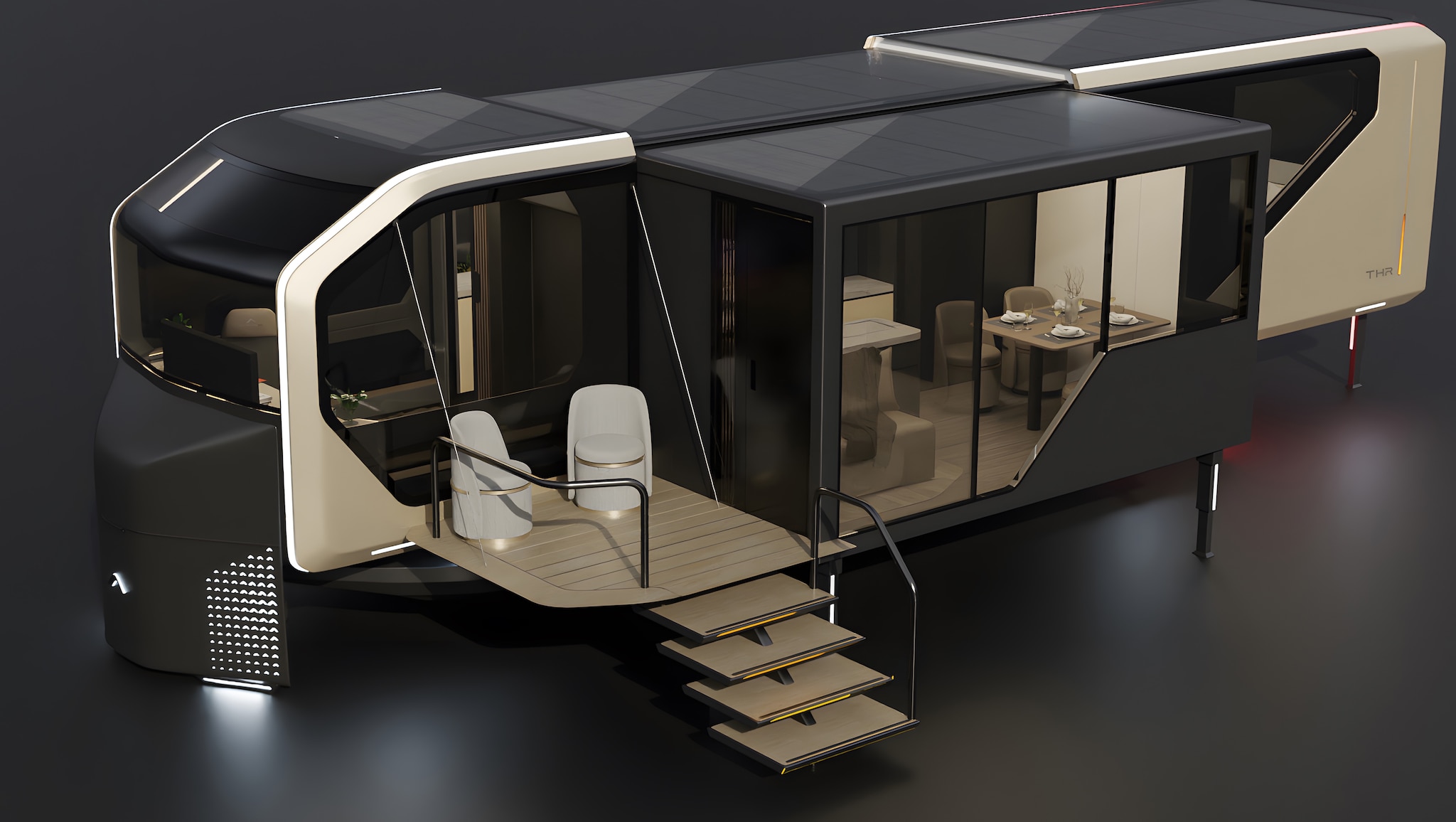
 View gallery
View gallery
Microliving is not just about square footage. It is about how we relate to space, to objects, to ourselves. In a micro-home, every decision is a negotiation: what to keep, what to discard, what to conceal. It is an exercise in control but also in surrender. And while architecture and design strive to make these spaces more livable, there is a risk that intimacy itself will be compressed, reduced to a function.
Yet, there is something deeply human about the attempt to make the uninhabitable habitable. Perhaps that is the true contradiction of microliving: while it forces us to confront our limitations, it also pushes us to reinvent how we live. In a world where space is a luxury, maybe the only real luxury is the ability to imagine something different – to transform a micro-apartment not just into a home, but into a refuge, a space that houses not just our bodies, but also our illusions.
But what does it really mean to live in such compressed spaces? More importantly, what does it mean for our sense of intimacy, identity, and home?
Walter Benjamin, in Paris: Capital of the Nineteenth Century, connected the significance of the domestic interior to the emerging impact of industrialization on workers. As our lives, work, and surroundings change, so too does our awareness of interior space. The domestic interior arises from the need for a place of one’s own – a small but personal refuge in a constantly shifting world.
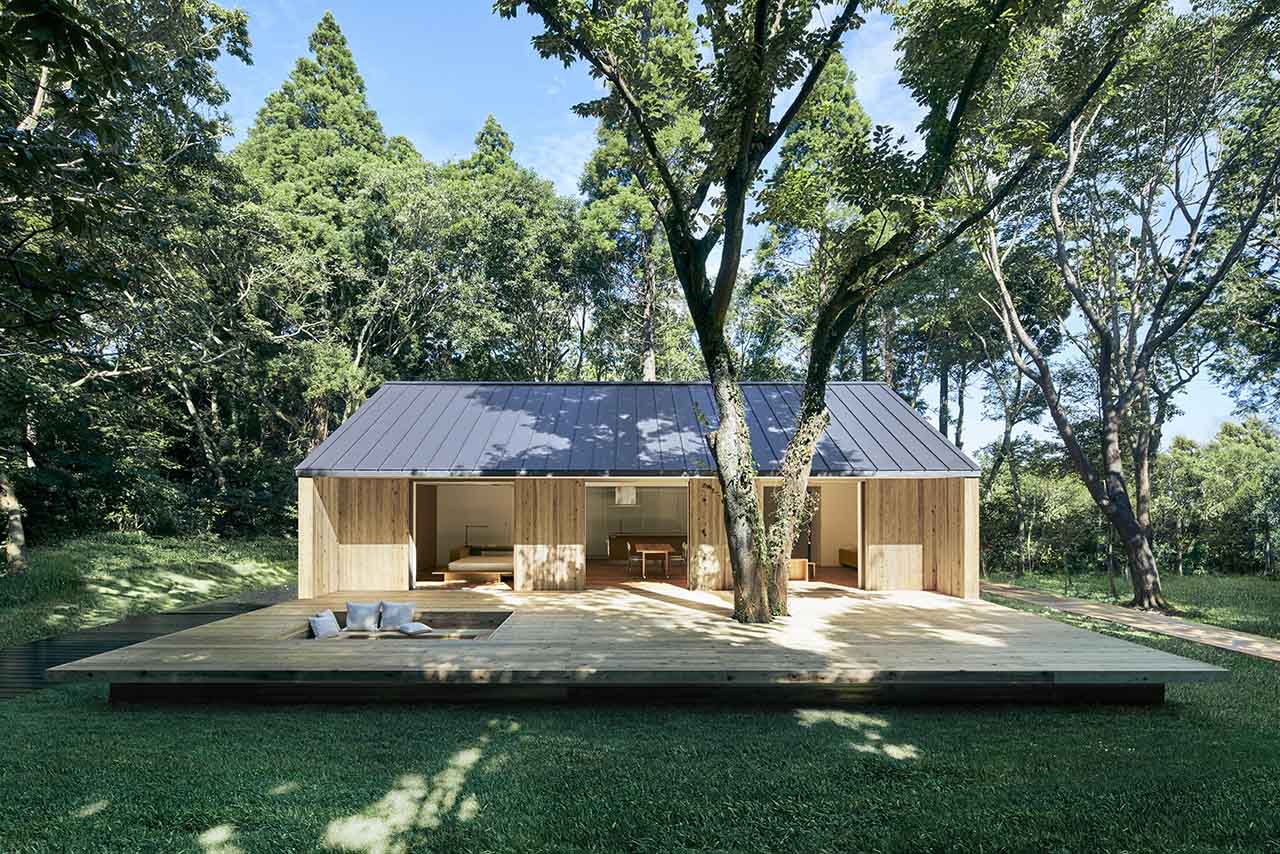
 View gallery
View gallery
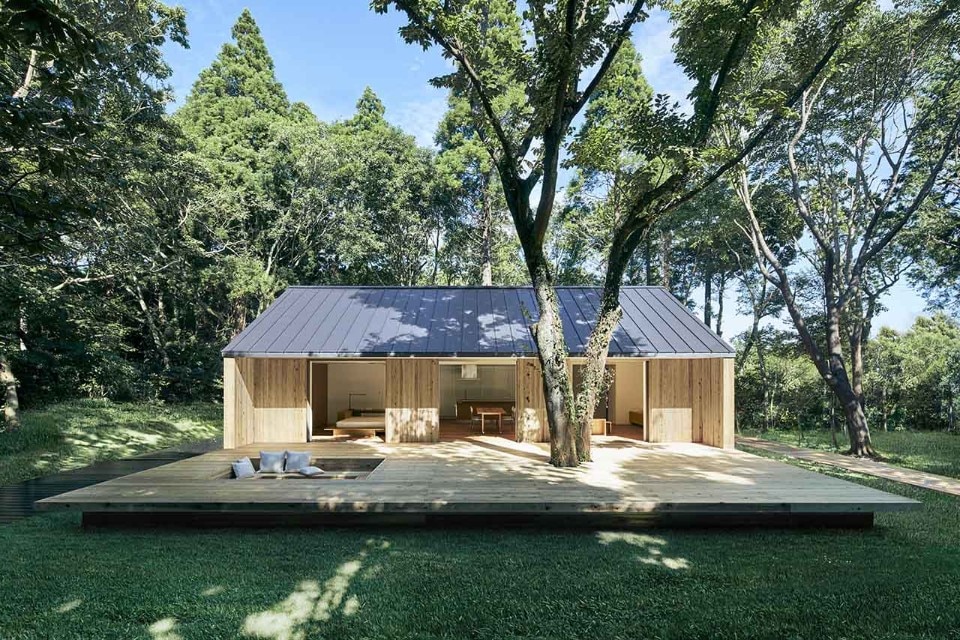
Muji - the new prefab hut
Yō no Ie House, the prefab layout designed by Muji for the aging population
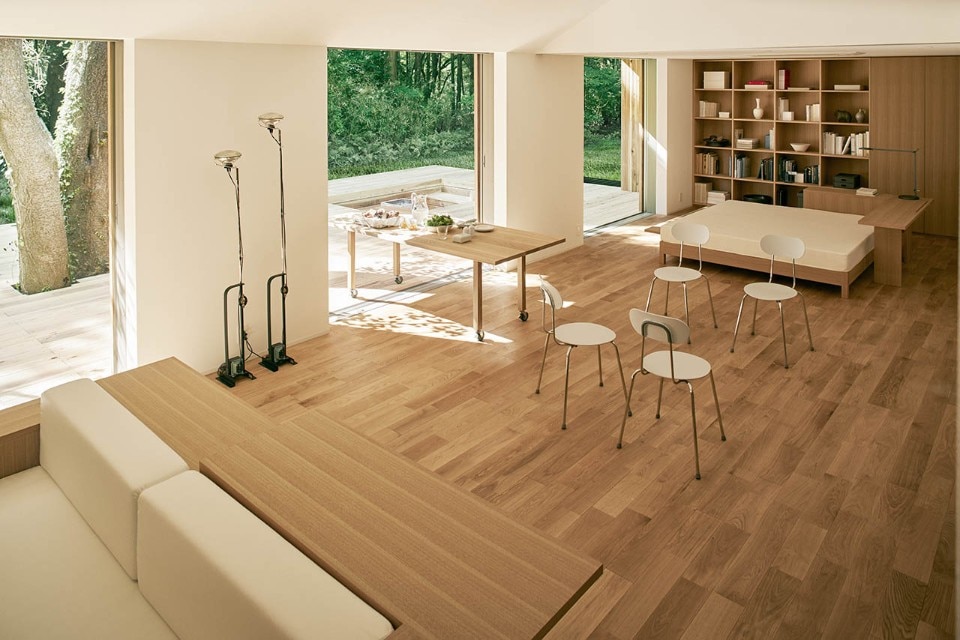
Muji - the new prefab hut
Yō no Ie House, the prefab layout designed by Muji for the aging population
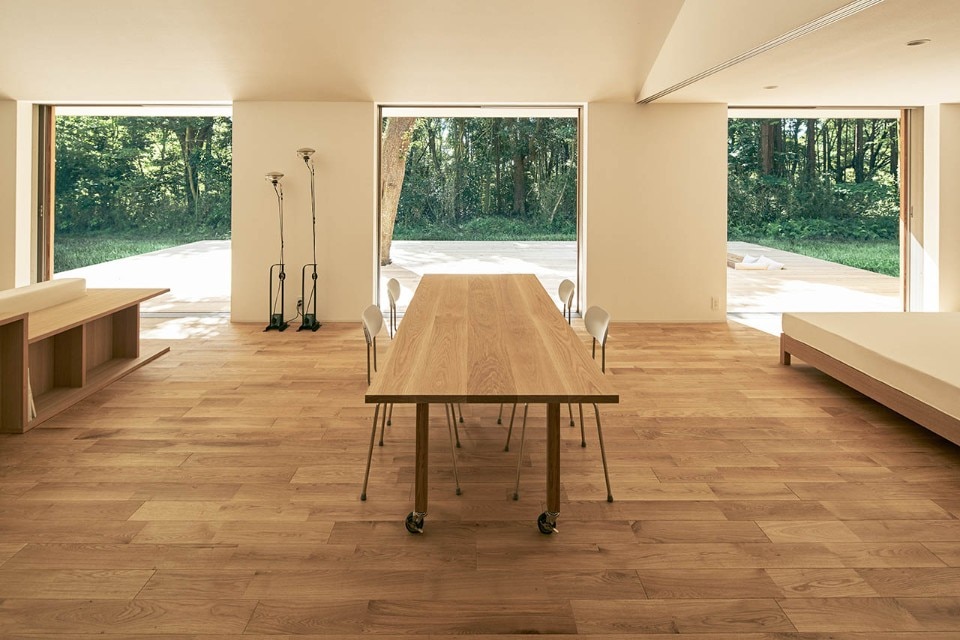
Muji - the new prefab hut
Yō no Ie House, the prefab layout designed by Muji for the aging population
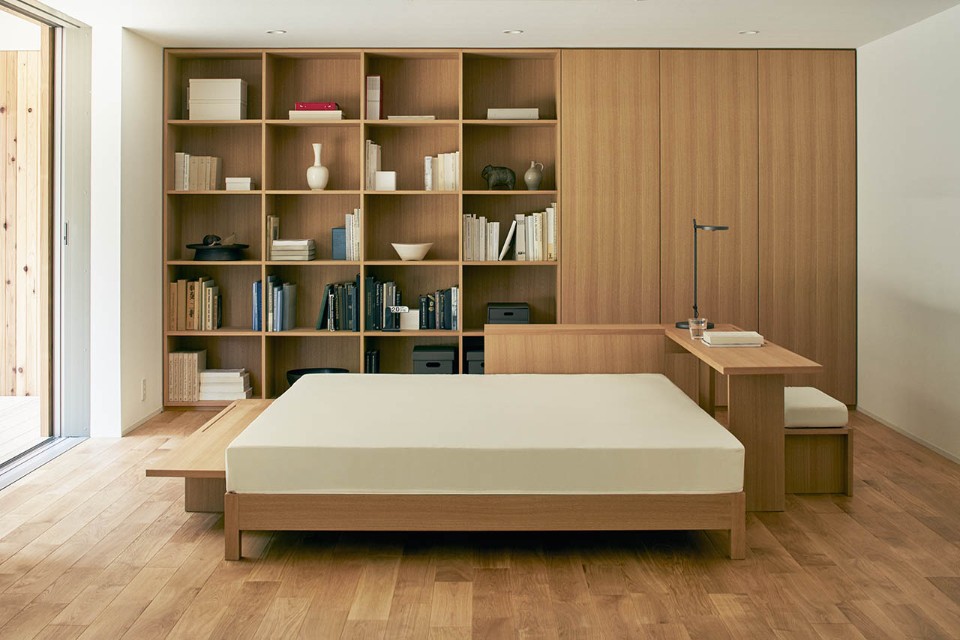
Muji - the new prefab hut
Yō no Ie House, the prefab layout designed by Muji for the aging population
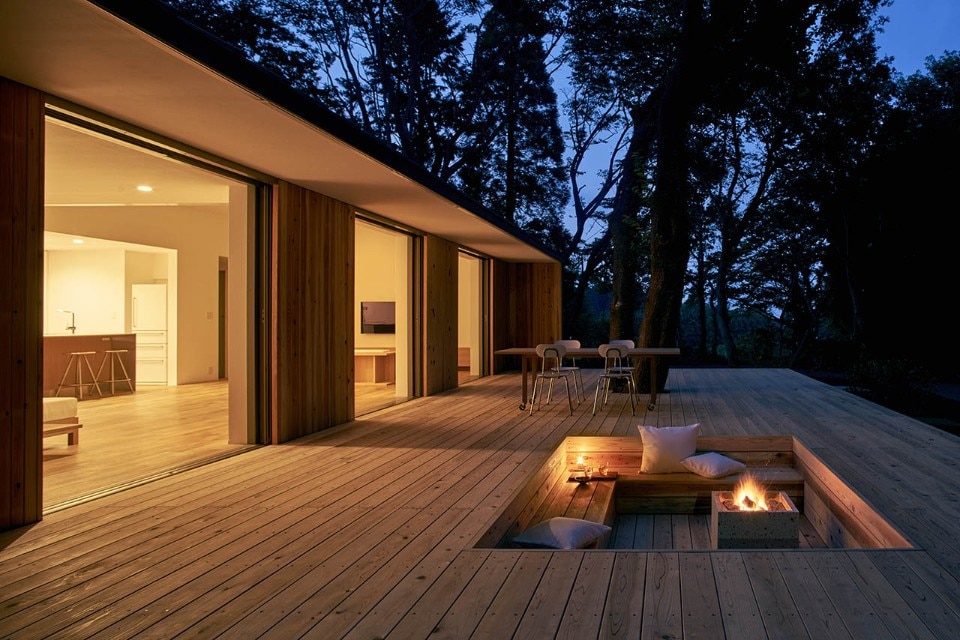
Muji - the new prefab hut
Yō no Ie House, the prefab layout designed by Muji for the aging population

Muji - the new prefab hut
Yō no Ie House, the prefab layout designed by Muji for the aging population

Muji - the new prefab hut
Yō no Ie House, the prefab layout designed by Muji for the aging population

Muji - the new prefab hut
Yō no Ie House, the prefab layout designed by Muji for the aging population

Muji - the new prefab hut
Yō no Ie House, the prefab layout designed by Muji for the aging population

Muji - the new prefab hut
Yō no Ie House, the prefab layout designed by Muji for the aging population
Benjamin argued that in the workplace, one confronts “real” life, while at home, one harbors illusions. The interior is a sanctuary, a familiar domain where personal history can be preserved in an otherwise cold and threatening environment.
But is there room for illusions in micro-homes? These spaces seem more suited to hosting the anxiety and precariousness of our time than to offering genuine refuge. Perhaps, rather than shelter, they are symbols of a hyper-fluid way of living in which we do not want to – or cannot – truly feel “at home.” A world in which even our walls become mobile and modular, ready to be transformed and minimized, much like our lives.
Opening image: Bong Joon-ho, Parasite, 2019


